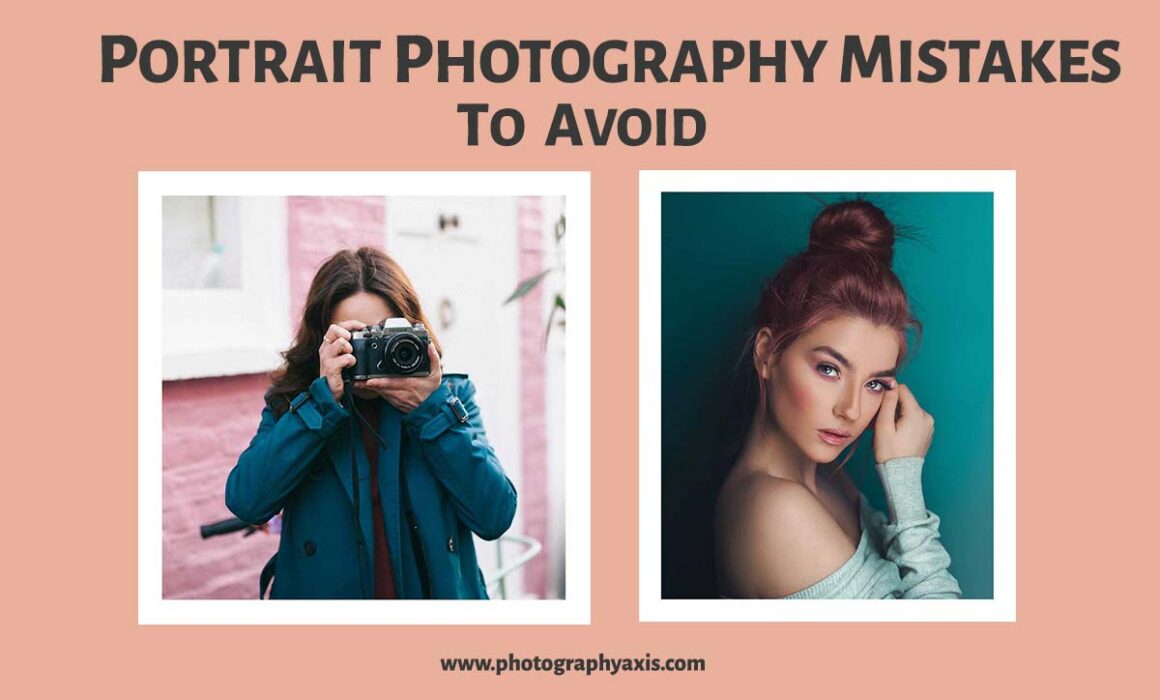13 Beginner Mistakes To Avoid When Shooting Portraits
If you are a beginner, who has made portrait photography your career, you might be making a few mistakes as a newbie. I made many mistakes in the beginning while photographing portraits, most of which were pretty obvious looking back.
Here is my how-to guide for anyone starting out outlining all the classic mistakes to avoid so you don’t waste time making the same ‘faux pas’ as me. It’s my hope that this helps boost your reputation as a portrait photographer and helps you to excel in your professional expertise, just like Headshot London do.
Most important of all is to always make sure you invest time learning from the best in the business.
1. Subject Not In Focus

One common mistake that beginners make while photographing portraits is missing the focus on the subject.
Learn how to hold your camera properly and ensure your subject is in focus.
Check the autofocusing function on your camera and whenever you capture an image, zoom it to 100 percent to confirm your subject is in focus.
2. Elements in Background Merging with Subject

I have seen portrait shots of many amateur photographers where there will be a lamp post or tree that appears to come through the head of the subject.
This mistake arises because the photographer is not giving importance to the background of the subject.
While doing a shoot, it is imperative to ensure that the background elements like trees, posts, or other objects are not merging with your subject.
3. Getting Too Close to the Subject
Another common mistake among amateurs is getting close to the subject. Many use wide-angle lenses for shooting portraits.
This ends up creating an unwanted foreshortening effect in photography.
I strongly recommend not getting too close to your subject for your shots. Always maintain a comfortable shooting distance from your subject.
4. Wrong Focal Length
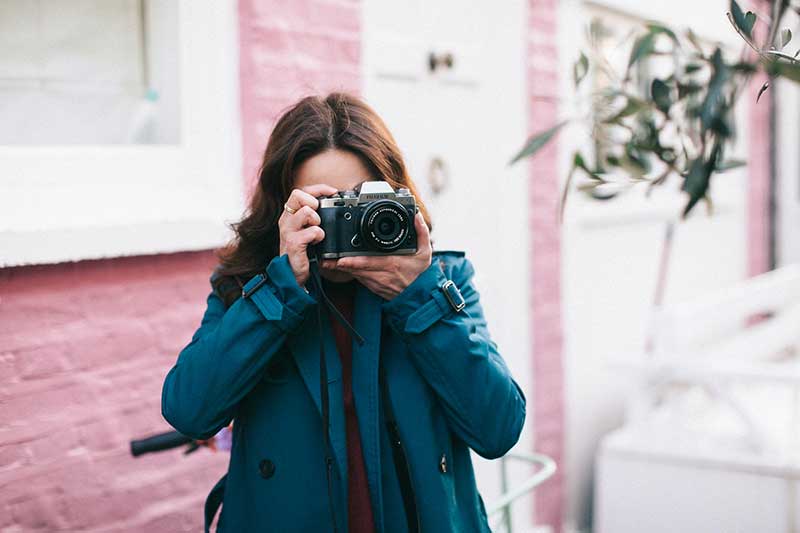
The focal length is another important factor to consider. When you start shooting portraits initially, I recommend going with portrait focal lengths in the range of 35mm to 85mm.
If you go for focal lengths outside this range, your shots are at risk of looking uninteresting.
When you go for a wide-angle lens, the subject will appear very small in the scene. If you go for the telephoto lens, you may end up capturing a tight frame.
5. Poor Retouching After the Shoot
As a portrait photographer, you need to retouch your images after a shoot. It is essential to deliver the best images to your clients.
If you are not good at retouching, you can always utilize one of the many free or paid tutorial services online to help.
The retouching will help to take your portrait shots to the next level, from my experience. So, if you don’t do it properly, your images are less likely to grab the attention of the people you are trying to impress.
6. Wrong Angle of Shoot

The angle of shooting is another important factor to consider while shooting portraits.
The best angle for shooting portraits is eye level. If you go for a higher or lower angle, you may end up distorting the shape of your subject.
So, always try to shoot at eye level for normal portrait shots.
7. Burnt Highlights
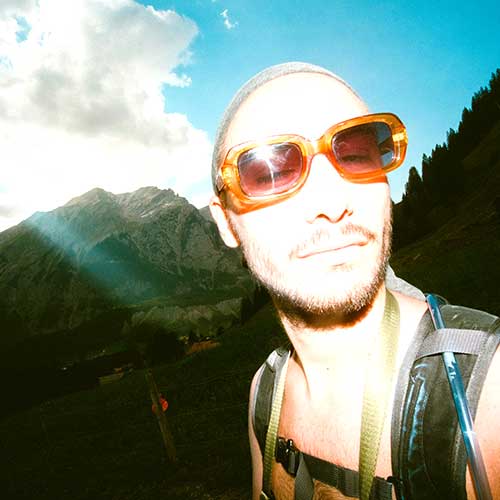
Another common mistake seen among beginner portrait photographers is the Burnt Highlight issue.
It can be due to wrong exposure settings or tricky lighting conditions. It can be also because you are relying on the LCD display brightness and not the image histogram to check the image exposure.
As a photographer, you must check the image histogram to ensure that the exposure is correct. If not, go for a recapture.
8. Crushed Shadows
Another exposure mistake among beginners is the Crushed Shadows in the image.
When the shadows in the picture get crushed, you will end up losing all the details in the shadows part.
You can always check the image histogram to avoid crushing the details in the shadows.
9. Shadow in Eyes of Subject
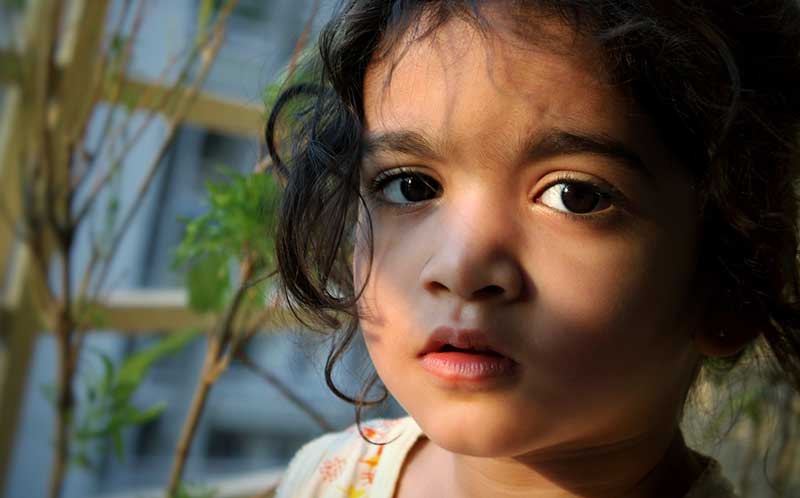
When you shoot a portrait, the first thing that you need to ensure is that the eyes of the subject are clearly visible in the image.
Make sure there are no shadows in the eyes that affect the image.
Shadows are likely due to an improper lighting setup. You can use an appropriate light modifier to light up your subject’s eyes properly.
The head will occupy more area in the frame in the case of portrait headshot photography. So, the dark eyes filled with shadows will be easily noticeable.
10. Wrong Composition
Another mistake that all beginners make is using the wrong composition technique.
There are many image composition techniques that you can use to compose your portrait shot.
Make sure to use the right technique for your portrait shoot. You can use the basic composition techniques as a beginner. It will help you guarantee good results every time.
11. Eyes Not in Focus

The first thing that a viewer’s attention is drawn to in a portrait image is the eyes of the subject.
If the eyes of the person are not in focus, there is no value in it, it’s almost meaningless.
Here, you can avoid this issue of eyes in focus by keeping the focus point in your camera on the eyes of the subject. Make sure to photograph tack sharp eyes every time.
Zoom in the image to 100 percent to ensure that the eyes are sharp in the picture.
12. Carrying Too Many Lenses for the Shoot
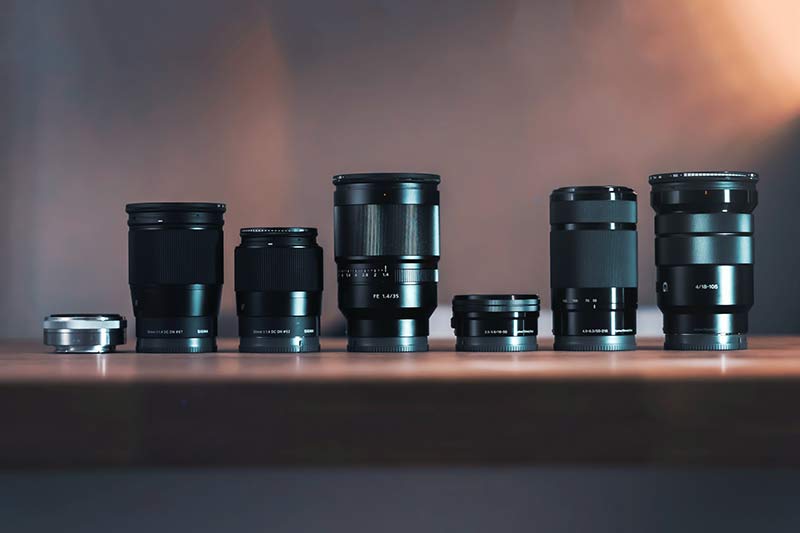
As a beginner, you may be tempted to buy lots of lenses. But I strongly recommend you not to buy too much gear.
When you have just started portrait photography, go for one or two lenses. In the case of 2 lenses, one can be a prime and the other a zoom lens.
If you are interested in two prime lenses, I recommend going with 50mm and 85mm lenses.
If you carry too many lenses for the shoot, you may lose focus on important photography aspects like composition and lighting.
13. Don’t Make the Same Mistake Again & Again
When you make a mistake during a portrait shoot, you need to ensure not to repeat it for your next shoots.
Learn from your mistakes, refine your approach, and find other professionals whose work inspires you. This way, you will always be learning for the betterment of yourself and your skill set.
From my experience, the photography journey is a learning process. The more you learn from your mistakes, the better will be your images.
Final Thoughts
Now you know some of the common mistakes made by beginners in portrait photography.
You are likely to make lots of mistakes too and this is fine! But learn from them. It will help you become a significantly better portrait photographer.
Make it a habit of learning something from each of your photoshoots.

